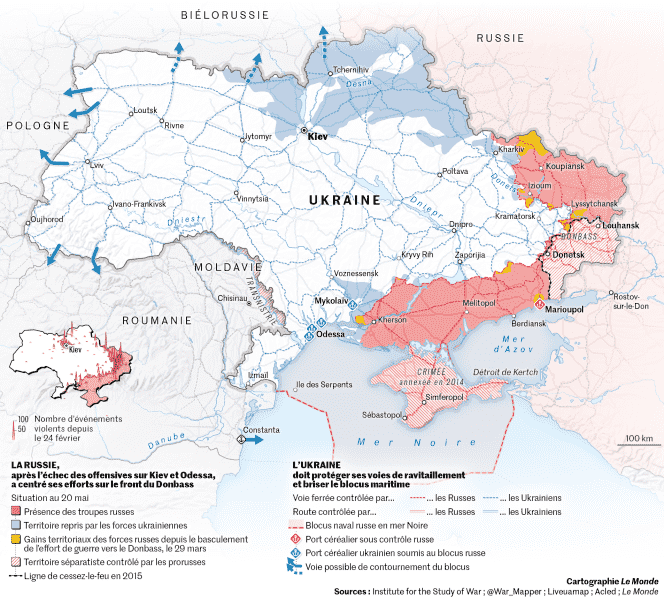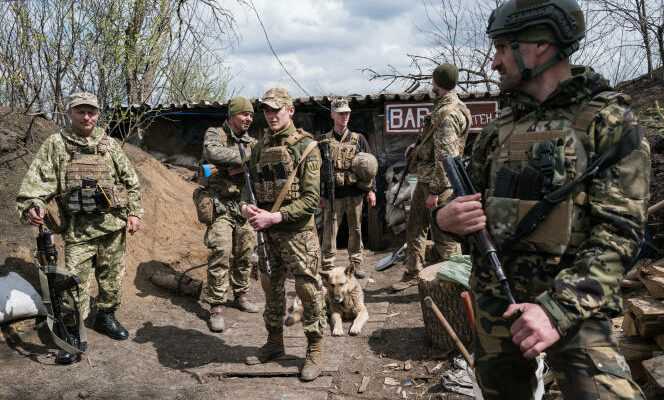Since the start of the Russian offensive in Ukraine on February 24, Western experts and staff have been observing developments in the conflict day by day, through the traditional channels of intelligence and satellite images, but also the many sources available, such as social networks.
Three months after the start of the fighting, a certain number of lessons are beginning to be learned from this high-intensity war, which involves significant means between States, such as Europe has not known since the Second World War.

- The asymmetry of forces between Russians and Ukrainians, an observation to be put into perspective
By analyzing the balance of power on the ground between Russians and Ukrainians, a certain number of military experts consider that, contrary to popular belief and the story relayed by kyiv, the Ukrainian forces are far from being in a position of inferiority vis-à-vis the Russians. In human terms, “the balance of power is quite balanced”, believes a French military source. Faced with 145,000 active Ukrainian soldiers, the Russians have fielded since the start of the war only 160,000 men, according to most estimates. A figure equivalent to 80% of the strength of the French army but far from the theoretical capacities available to Moscow: around 280,000 men just for the army, to which can be added 50,000 paratroopers and 15,000 naval troops.
What’s more, the Ukrainians have a reserve of 240,000 men (called the territorial defense force), which was mobilized very quickly when the conflict broke out. “The Russians had not anticipated the responsiveness of the Ukrainian reserves. It was their rapid mobilization that prevented the fall of kyiv, while most of the regular troops were positioned in the Donbass. They have also failed in the south against the forces coming from Crimea ”explains Léo Péria-Peigné, researcher at the French Institute of International Relations (IFRI).
Ukraine can also count on several thousand foreign volunteers (called legionnaires). The confrontation is however much more asymmetrical on the material level, the Ukrainians not having an air force, a navy, tanks or cruise missiles comparable to those of Moscow.
- High intensity training, a decisive factor
Beyond the aligned troops, one element has provided a form of advantage to the Ukrainian forces: their confrontation for several years with the reality of war, on the Donbass front, where they have been opposing Russian auxiliaries since 2014. eight years, most of the men hired by kyiv have had the opportunity to become hardened there.
You have 86.5% of this article left to read. The following is for subscribers only.
